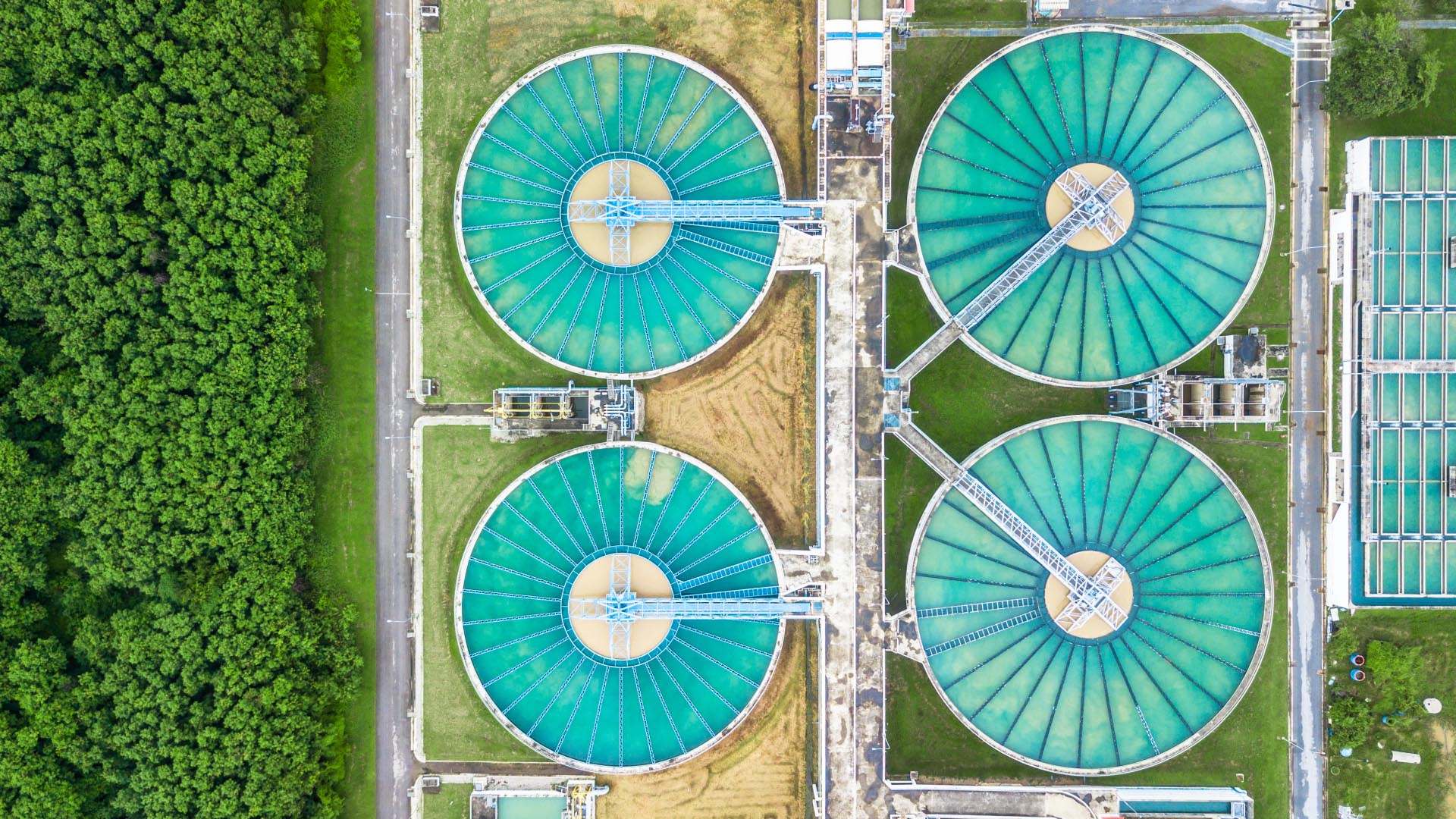Importance of Liquid-Solid Separation
Liquid-solid separation, often referred to as solid-liquid separation, is a fundamental process in numerous industrial applications. This process involves the removal of solid particles from a liquid medium, which is essential for maintaining efficiency, productivity, and environmental compliance in various industries. Let’s delve into the importance, methods, and common applications of liquid-solid separation.
In industrial processes, the presence of solid particles in liquids can hinder operations, reduce efficiency, and lead to equipment wear and tear. Effective liquid-solid separation ensures the removal of these particles, which can be achieved through a variety of mechanical and chemical methods. This separation is crucial for:
- Enhancing process efficiency: By removing unwanted solids, processes can run more smoothly and efficiently.
- Protecting equipment: Solids can cause abrasion and clogging, leading to costly repairs and downtime.
- Ensuring product quality: In industries like food processing, the purity of the final product is paramount.
- Complying with environmental regulations: Proper separation is essential for treating wastewater and preventing environmental contamination.
Common Applications
1. Wastewater Treatment
One of the most critical applications of liquid-solid separation is in wastewater treatment. This process involves removing sludge, contaminants, and other solid waste from water to make it safe for discharge or reuse. Techniques such as sedimentation, filtration, and centrifugation are commonly used to achieve this separation.
- Sedimentation: This method relies on gravity to settle solid particles at the bottom of a tank, from where they can be removed.
- Filtration: This process uses a filter medium to trap solid particles while allowing the liquid to pass through.
- Centrifugation: By spinning the mixture at high speeds, centrifugal force separates solids from liquids based on their density differences.
2. Mining
In the mining industry, liquid-solid separation is essential for extracting valuable minerals and metals from ore. The separation process helps in concentrating the minerals, reducing the volume of material that needs to be processed, and enhancing the overall efficiency of the mining operations.
- Flotation: A process where minerals are separated based on their ability to attach to air bubbles.
- Thickening: This involves the use of gravity to increase the concentration of solids in a slurry.
- Hydrocyclones: These devices use centrifugal forces to separate particles based on size and density.
3. Food Processing
In the food processing industry, liquid-solid separation is vital for clarifying liquids such as fruit juices and removing unwanted solids from products. This process ensures that the final products are pure, safe for consumption, and have the desired texture and appearance.
- Centrifugation: Often used for clarifying juices by removing pulp and other solid residues.
- Decantation: This method involves pouring out the liquid after solids have settled at the bottom.
- Filtration: Used extensively to ensure the removal of impurities from liquids to produce a high-quality end product.
Conclusion
Liquid-solid separation is a crucial process across various industries, ensuring operational efficiency, product quality, and environmental compliance. By employing techniques such as sedimentation, filtration, centrifugation, flotation, and decantation, industries can effectively separate solids from liquids, optimizing their processes and protecting their equipment. Whether in wastewater treatment, mining, or food processing, the importance of this separation cannot be overstated, making it a cornerstone of industrial operations.
Understanding and implementing effective liquid-solid separation techniques can lead to significant improvements in industrial productivity, product quality, and environmental sustainability.
